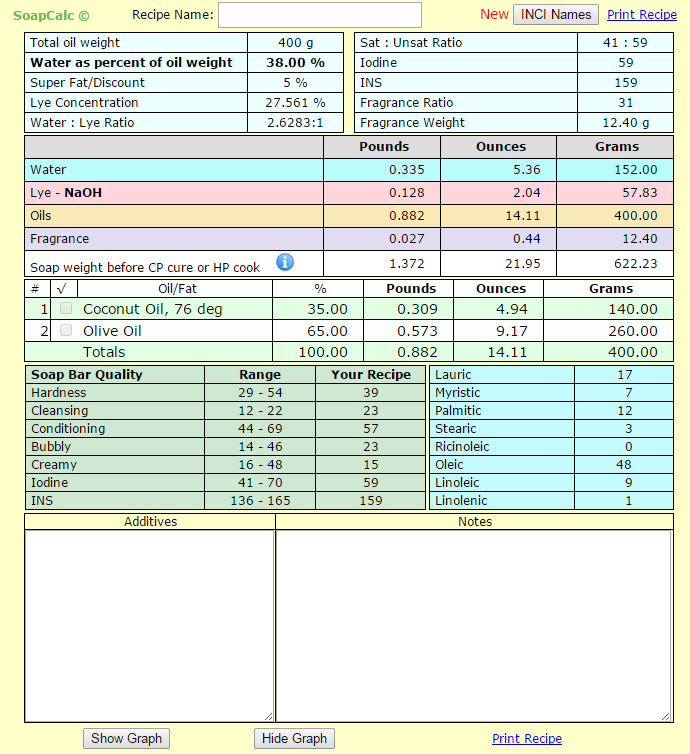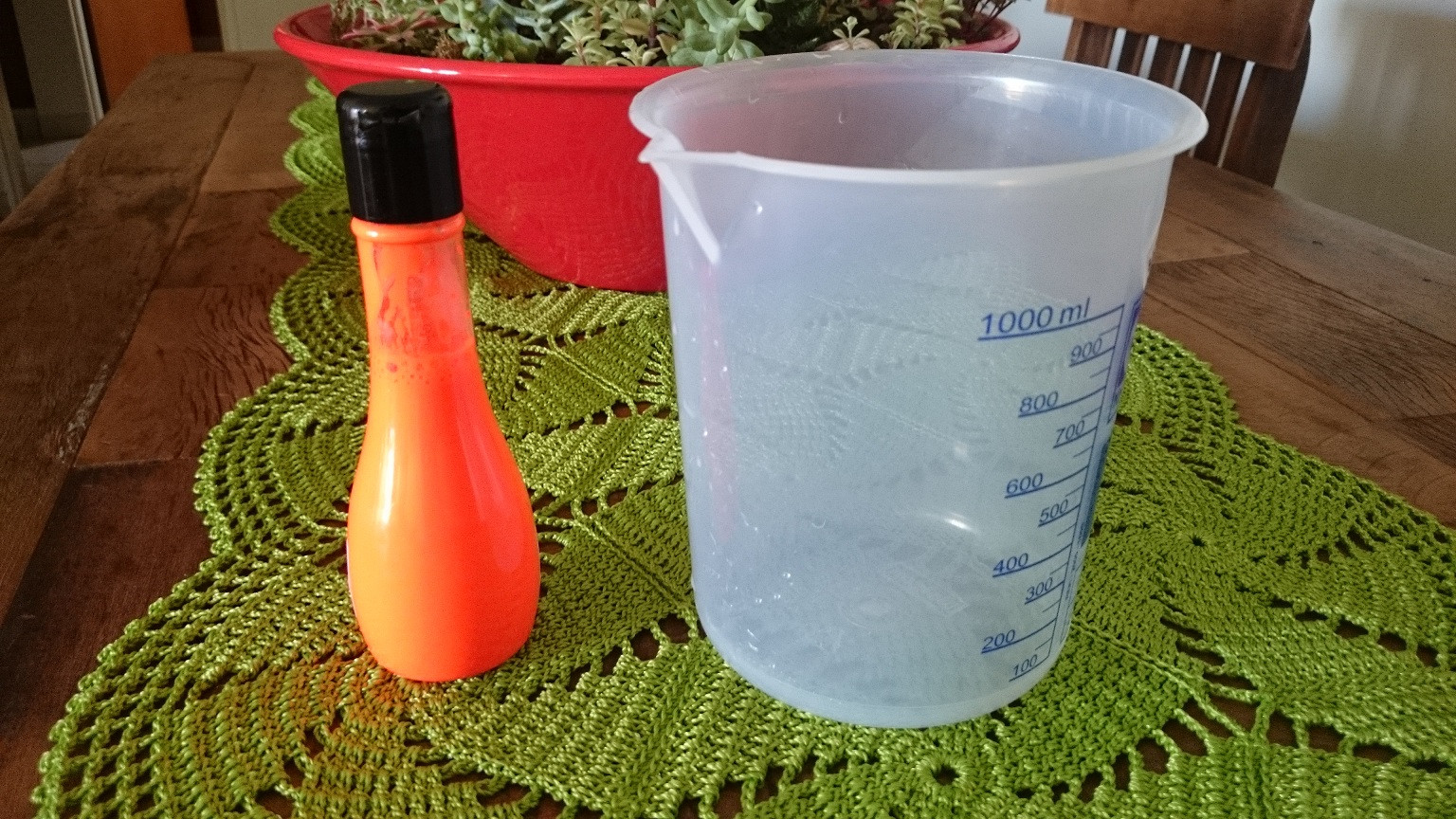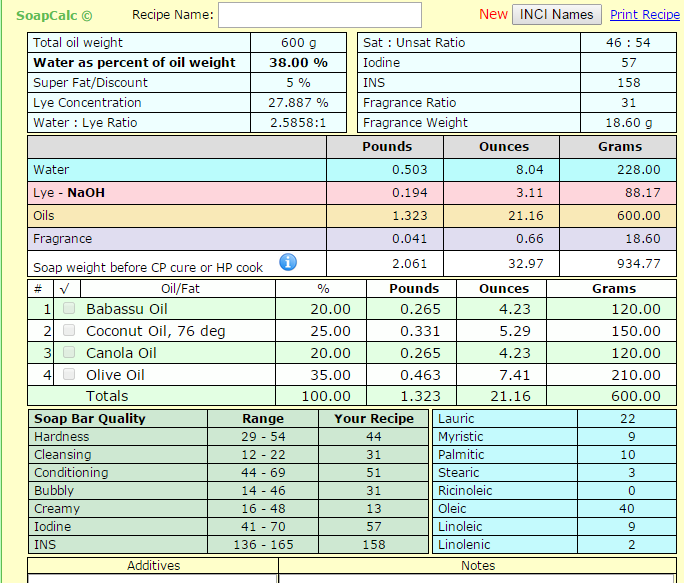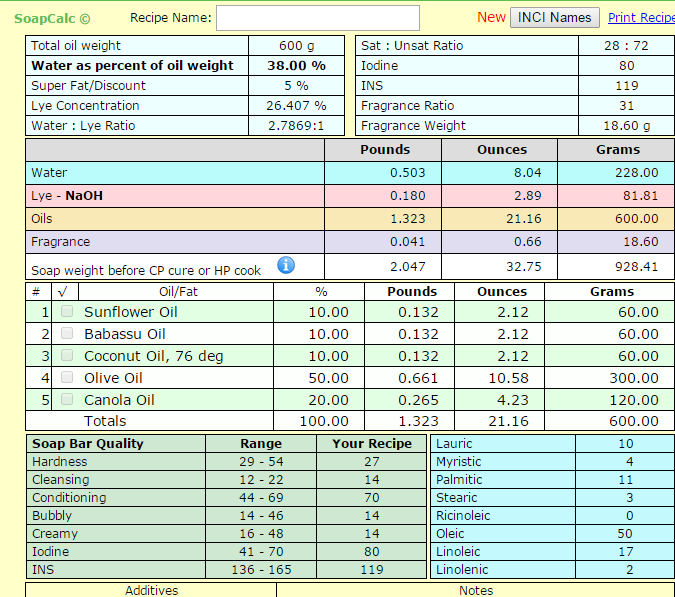Extreme_Soaping
Active Member
- Joined
- Dec 16, 2014
- Messages
- 30
- Reaction score
- 14
Hello good people from the soap making forum!
A couple of weeks ago I decided I would explore the magnificent world of soap making. I like making my own stuff.
I've read almost everything about soap making, everywhere, and seen countless videos on the internet.
So I thought I was ready.
Until now, I've made only 2 batches, and they were nearly identical. I decided to start with the basics: 35% CO and 65% Olive Oil, through the soap calc, etc.
The second one I went wild on the changes and used 40% - 60% (heh I like to play safe).
I'm not using essencial oils yet. I've ordered some online and it still hasn't arrived, so I'm using some knock-off essence oils I ws ableto buy around here.
Anyway...
First problem: On both batches it took FOREVER to trace. I had to stir the **** thing for at least 40 minutes. With a stick blender.
I've seen SO MANY videos of people reaching trace in 2 minutes, that's just ridiculous.
It starts beautiful, and suddenly it starts do get separated and horrendous. It's very weird. Maybe I should be more gentle? I know you should not continuously use the blender, that you should take it easy and slow, but... I just don't know.
Well
The first one got a BEAUTIFUL trace, I almost cried, all of the sudden, after 40 minutes of pure suffering and frustration, BAM, beautiful trace. I honestly don't get it. heheh
the first one, 24 hours later, unmolded:
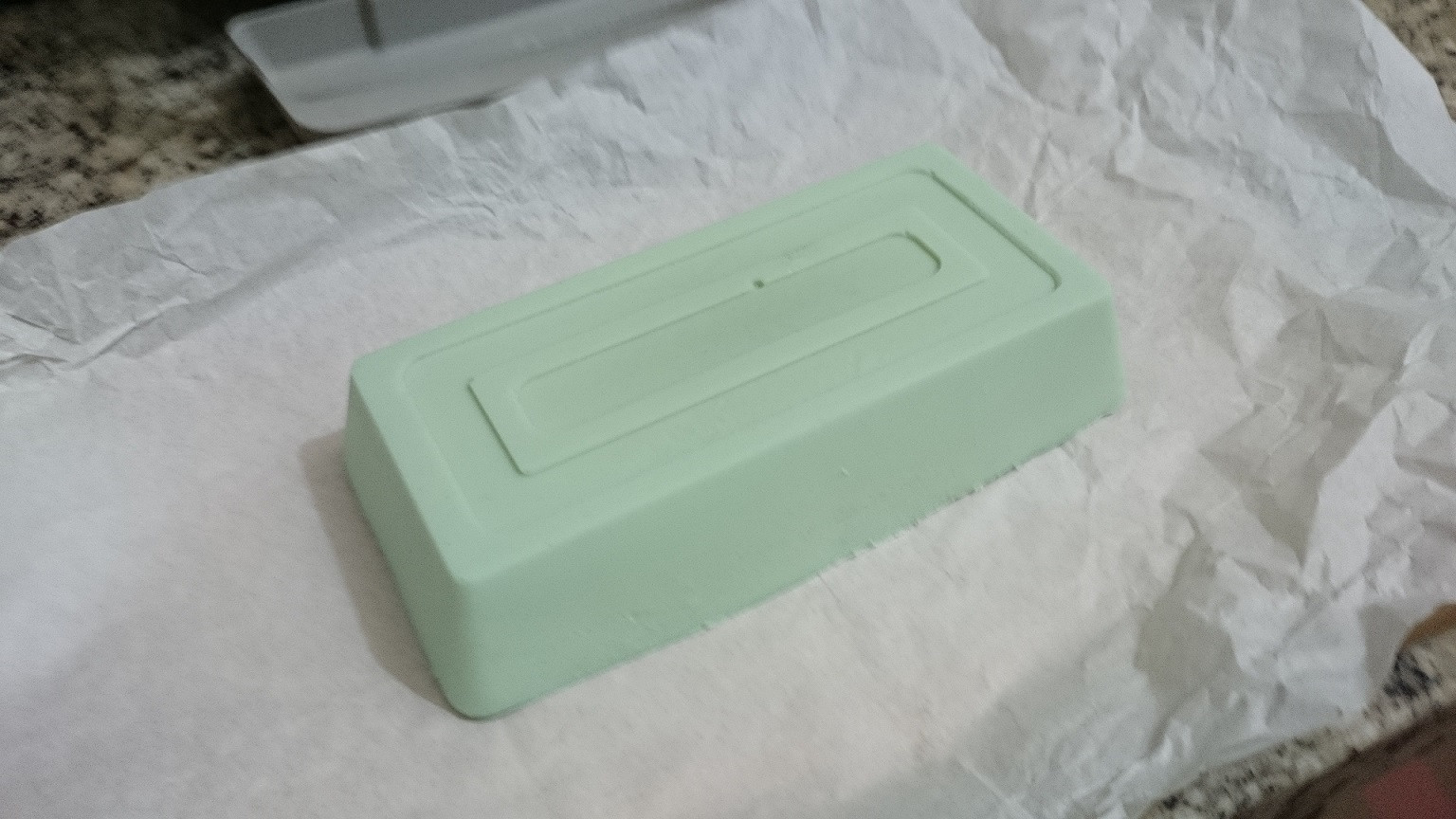
Look at it. What a beauty.
THEN I decided to cut it.
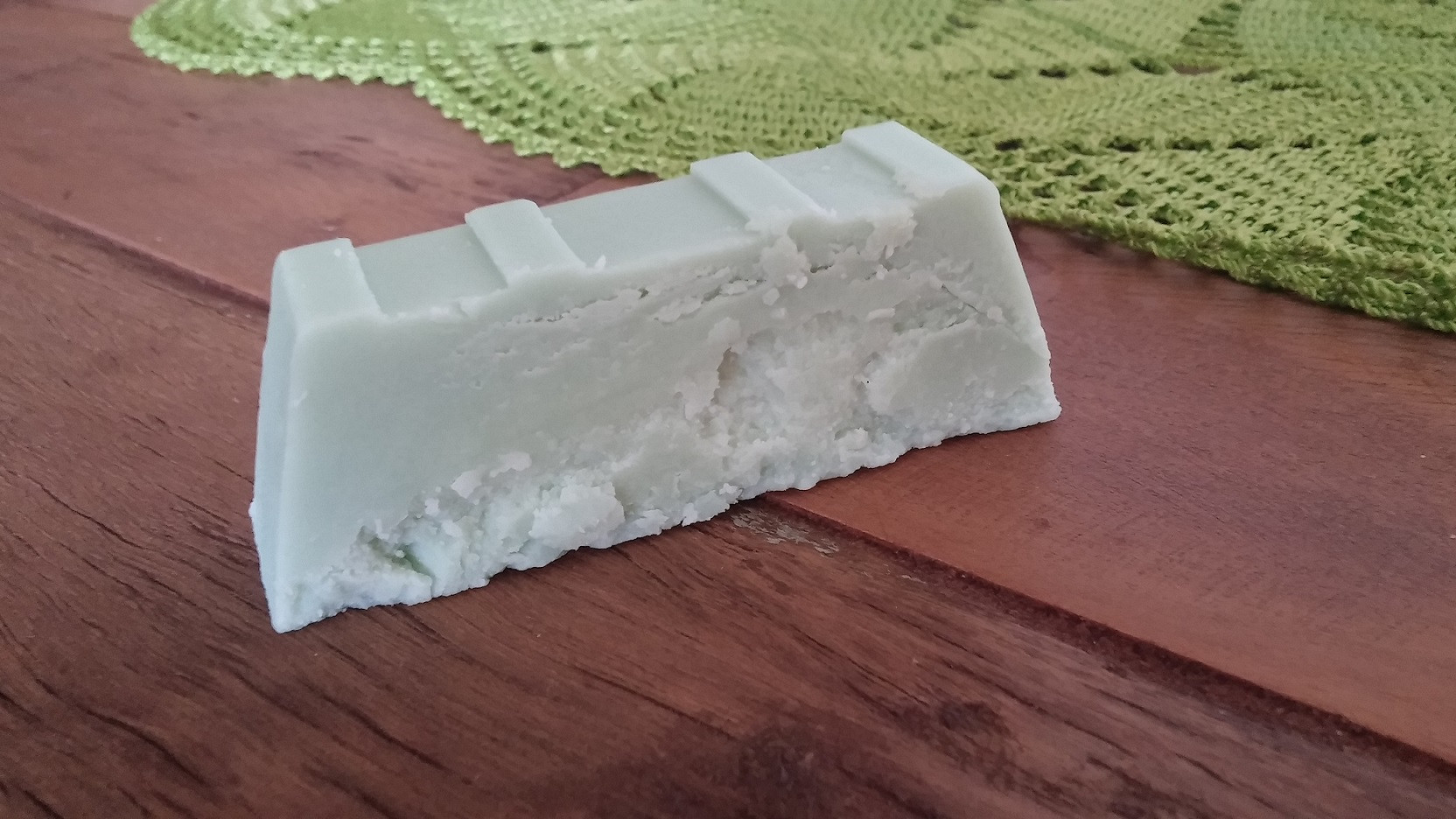
DISPAIR!
argh. so grainy and soft and oily... but i cutted the whole thing anyway... didn't look good.
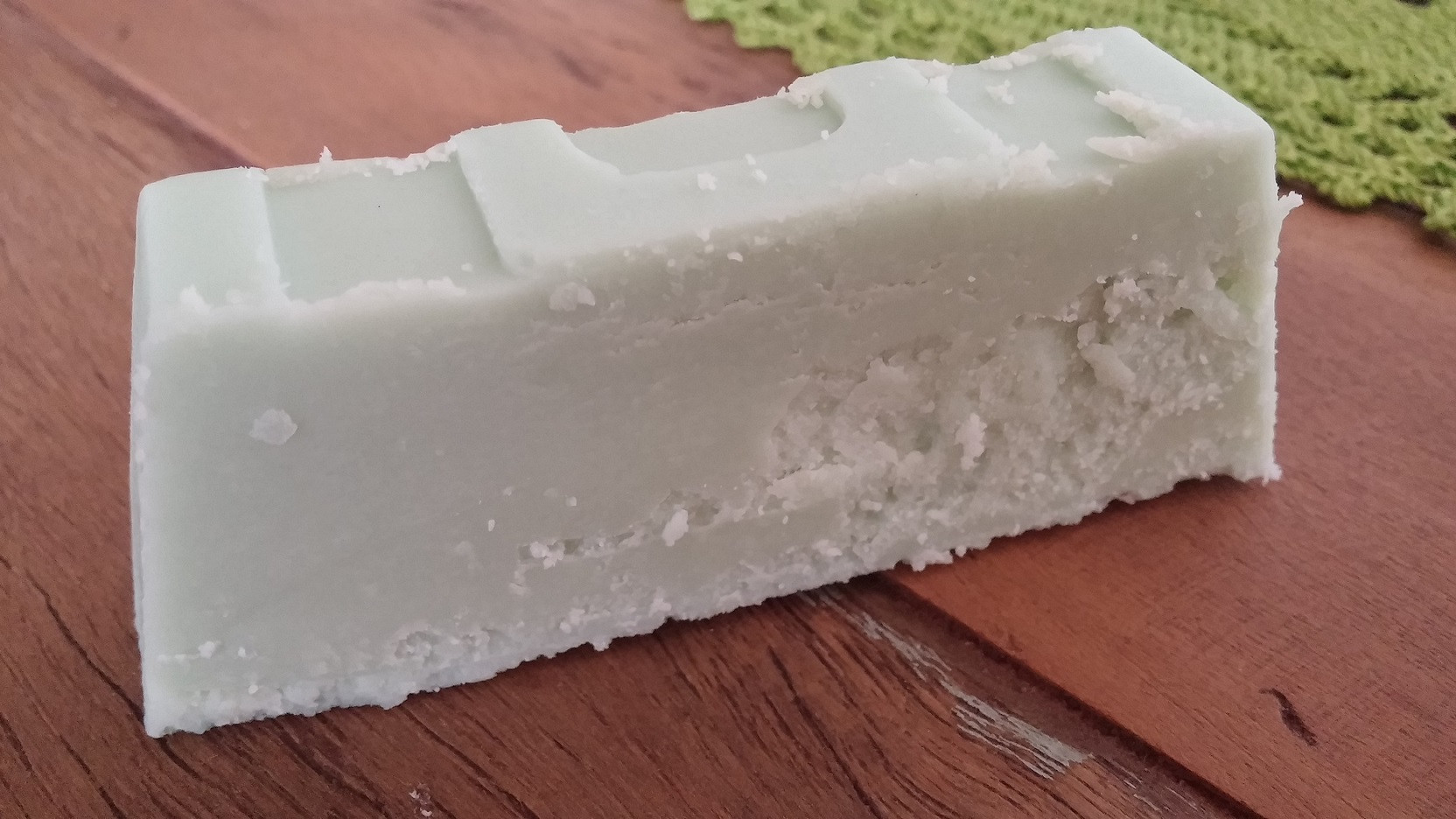
Not cool.
The second one:
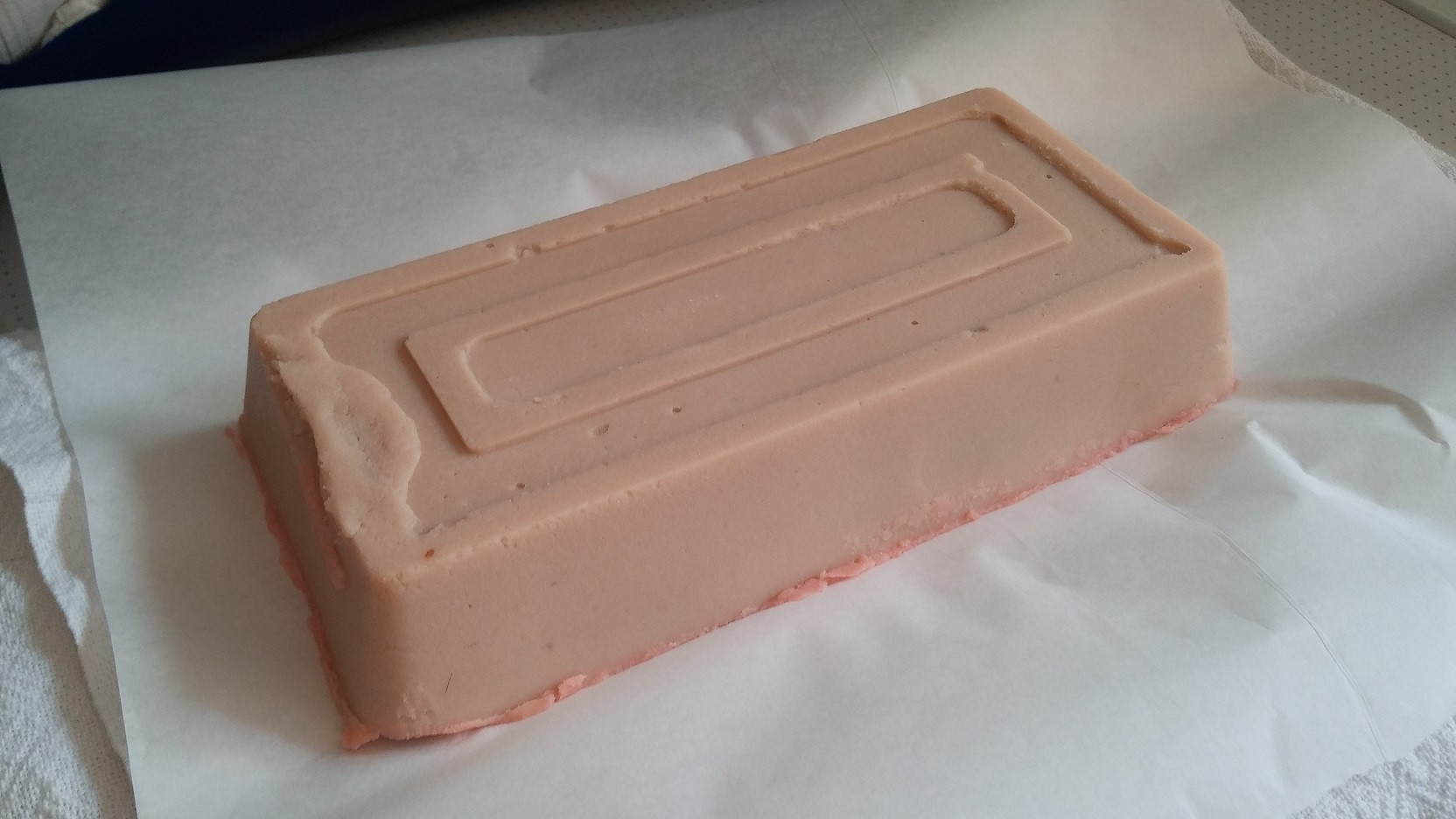
This one was even softer than the first one. Is it normal? On both cases I used insulation, did everything by the book. If I leave it the way it is for a while, will it get harder and easier to cut? By easier I mean... will it have a clean cut insted of this crumbly mess?
ps: this one took SO LONG to trace that the stick blender overheated and stopped working right at tracing point. I just needed 30 more seconds to get it really smooth... had to pour it anyway.
pps: I forgot to mention that I used around 1 tablespoon of honey on each batch, since I couldn't get trace and I've read honey would help. It didn't.
Well, thank you guys in advance, we'll be seeing each other many other times!
Cheers!
(and sorry for my english)
A couple of weeks ago I decided I would explore the magnificent world of soap making. I like making my own stuff.
I've read almost everything about soap making, everywhere, and seen countless videos on the internet.
So I thought I was ready.
Until now, I've made only 2 batches, and they were nearly identical. I decided to start with the basics: 35% CO and 65% Olive Oil, through the soap calc, etc.
The second one I went wild on the changes and used 40% - 60% (heh I like to play safe).
I'm not using essencial oils yet. I've ordered some online and it still hasn't arrived, so I'm using some knock-off essence oils I ws ableto buy around here.
Anyway...
First problem: On both batches it took FOREVER to trace. I had to stir the **** thing for at least 40 minutes. With a stick blender.
I've seen SO MANY videos of people reaching trace in 2 minutes, that's just ridiculous.
It starts beautiful, and suddenly it starts do get separated and horrendous. It's very weird. Maybe I should be more gentle? I know you should not continuously use the blender, that you should take it easy and slow, but... I just don't know.
Well
The first one got a BEAUTIFUL trace, I almost cried, all of the sudden, after 40 minutes of pure suffering and frustration, BAM, beautiful trace. I honestly don't get it. heheh
the first one, 24 hours later, unmolded:

Look at it. What a beauty.
THEN I decided to cut it.

DISPAIR!
argh. so grainy and soft and oily... but i cutted the whole thing anyway... didn't look good.

Not cool.
The second one:

This one was even softer than the first one. Is it normal? On both cases I used insulation, did everything by the book. If I leave it the way it is for a while, will it get harder and easier to cut? By easier I mean... will it have a clean cut insted of this crumbly mess?
ps: this one took SO LONG to trace that the stick blender overheated and stopped working right at tracing point. I just needed 30 more seconds to get it really smooth... had to pour it anyway.
pps: I forgot to mention that I used around 1 tablespoon of honey on each batch, since I couldn't get trace and I've read honey would help. It didn't.
Well, thank you guys in advance, we'll be seeing each other many other times!
Cheers!
(and sorry for my english)
Last edited:





